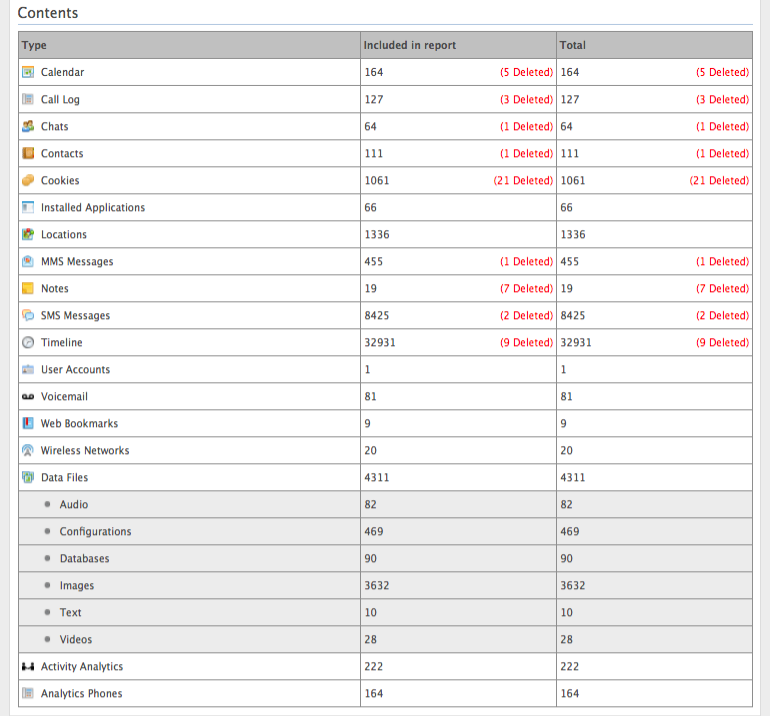The FBI Is Using Push Notifications To Track Criminals
The Post did a little digging into court records and found evidence of at least 130 search warrants filed by the feds for push notification data in cases spanning 14 states. In those cases, FBI officials asked tech companies like Google, Apple, and Facebook to fork over data related to a suspect’s mobile notifications, then used the data to implicate the suspect in criminal behavior linked to a particular app, even though many of those apps were supposedly anonymous communication platforms, like Wickr.
How exactly is this possible? Push notifications, which are provided by a mobile operating system provider, include embedded metadata that can be examined to understand the use of the mobile apps on a particular phone. Apps come laced with a quiet identifier, a “push token,” which is stored on the corporate servers of a company like Apple or another phone manufacturer after a user signs up to use a particular app. Those tokens can later be used to identify the person using the app, based on the information associated with the device on which the app was downloaded. Even turning off push notifications on your device doesn’t necessarily disable this feature, experts contend. […]
If finding new ways to catch pedophiles and terrorists doesn’t seem like the worst thing in the world, the Post article highlights the voices of critics who fear that this kind of mobile data could be used to track people who have not committed serious crimes — like political activists or women seeking abortions in states where the procedure has been restricted.


